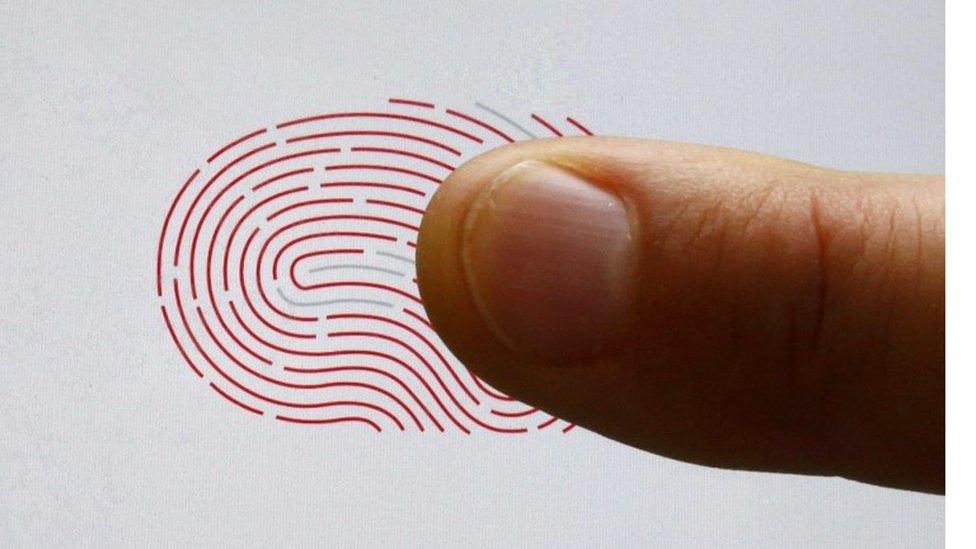Australia plans biometric border control
- Published

Iris and facial recognition systems are increasingly being used in airports
The Australian government is planning to allow 90% of travellers to pass through passport control without human help by 2020.
With a $100m (£80m) budget, it has begun the search for technology companies that could provide biometric systems, such as facial, iris and fingerprint recognition.
Head of border security John Coyne said it could be a "world first".
But critics have questioned the privacy implications of such a system.
"Biometrics are now going in leaps and bounds, and our ability to harness the power of big data is increasing exponentially," Mr Coyne told the Sydney Morning Herald., external
The department of border security hopes to pilot the "Seamless Traveller" project in Canberra this summer, with rollout to larger airports scheduled to be completed by spring 2019.
But University of Wollongong technology and biometric expert Prof Katina Michael told the Guardian, external newspaper that such technology could pose a risk to privacy.
"Even if the system works, is that ethical to impose this system on the entire populace without even asking them?" she said.
"I see the perceived benefit, but what I do know is that there will be real costs, human costs, not only through the loss of staff through automation, but also through discrimination of people who may appear different."
- Published20 March 2015

- Published19 February 2016
